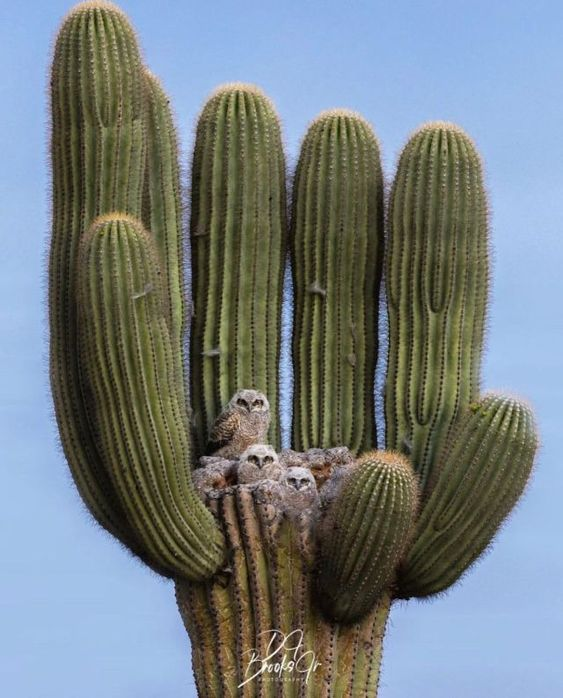Creating a Living Monument: The Tallest Cacti on Earth
The world is home to a variety of extraordinary flora, but few species can match the sheer enormity and striking presence of the tallest cacti, particularly the iconic Saguaro. This majestic plant is synonymous with the American Southwest and acts as a living testament to the resilience of life in arid environments. With heights reaching up to 50 feet, these giants have captivated the imagination of naturalists and casual observers alike.
In this exploration, we delve into the grandeur of the tallest cactus species, their ecological significance, cultivation challenges, and the peculiar adaptations that allow them to thrive in hostile climates.
The Saguaro: An Icon of the Desert
The Saguaro cactus (Carnegiea gigantea) is perhaps the most recognizable member of the cactus family. Characterized by its tall, columnar shape and distinctive upward-reaching arms, the Saguaro can live for over 150 years and may weigh several tons when fully mature. These monumental plants primarily inhabit the Sonoran Desert, spanning Arizona, California, and Mexico.
One of the remarkable features of the Saguaro is its growth pattern. Initially, it grows slowly, often taking decades to reach a height of 5 to 10 feet. Only after about 50 years does it begin to develop the iconic arms that create its majestic silhouette. These arms play a crucial role, as they provide additional surfaces for photosynthesis and allow the cactus to store more water, a vital resource in its harsh environment.
During blooming season, Saguaros become adorned with beautiful white flowers, which emerge from the tips of the arms and are pollinated by bats and various insects. This process not only showcases the cactus’s life cycle but also highlights the symbiotic relationships that sustain desert ecosystems.
The Search for Other Tall Cacti
While the Saguaro may hold the title for the tallest cactus, it is not the only impressive giant. The Cardon cactus (Pachycereus pringlei), which can also surpass heights of 60 feet, is the tallest cactus species in the world. Native to the Baja California Peninsula in Mexico, the Cardon resembles the Saguaro, with its tall, erect shape and multiple arms. However, it differentiates itself with a thicker and more robust trunk, allowing it to endure the harsher conditions found in coastal deserts.
Another noteworthy member of the tall cactus family is the Organ Pipe cactus (Stenocereus thurberi). Growing in clusters, this cactus can reach heights of 20 feet. Its vertical, ribbed columns offer a striking aesthetic and ecological role by providing habitats for numerous species including birds, insects, and small mammals. The Organ Pipe cactus is also renowned for its stunning nocturnal flowers, which bloom in response to the cooler nighttime temperatures.
Ecological Importance of Tall Cacti
Tall cacti are not just natural wonders; they play vital roles within their ecosystems. Serving as keystone species, these cacti provide food and refuge for a myriad of desert fauna. Birds often nest in their sturdy arms, while their fruits are a food source for mammals and birds alike. Additionally, since these cacti are excellent water reservoirs, they are essential both for their inhabitants and for the overall ecological balance in arid regions.
In drought conditions, both Saguaro and other tall cacti exhibit remarkable adaptations, such as deep taproots that reach underground aquifers. Their thick, waxy skin helps minimize water loss, and their ribbed structure allows them to expand and contract, efficiently storing water during rare periods of rain.
The Cultural Significance of Tall Cacti
Culturally, tall cacti hold a special place in the hearts and traditions of indigenous peoples and modern communities alike. For centuries, the Saguaro has been featured in art, literature, and folklore, symbolizing strength and endurance. Various Native American tribes have utilized the Saguaro as a resource for food, water, and even crafts made from its spines and fibers.
As tourism in the American Southwest continues to grow, the Saguaro and its towering relatives have become iconic symbols of the desert. They draw visitors from around the globe who come to admire their grandeur and learn about the unique ecosystems they inhabit. National parks and protected reserves have been established, emphasizing the need to preserve these remarkable plants for future generations.
Challenges in Preservation
The future of tall cacti is increasingly precarious. With climate change leading to unpredictable weather patterns, these magnificent plants face threats including habitat loss, invasive species, and water scarcity. Efforts are underway to conserve their environments and protect these natural giants. Preservation initiatives often involve education about the importance of cacti in the ecosystem, as well as enforcing regulations to curb illegal harvesting and land development.
For enthusiasts and conservationists alike, cultivating tall cacti can prove challenging but rewarding. Proper care involves understanding their water needs, sunlight exposure, soil composition, and the delicate balance required to maintain their health and vitality.
Conclusion: Embracing the Giants of the Desert
Tall cacti such as the Saguaro, Cardon, and Organ Pipe showcase the beauty and resilience of life in one of the planet’s most extreme environments. They stand not only as towering figures of nature but also as vital components of their ecosystems. Understanding and protecting these majestic plants is essential for appreciating the complex and interconnected web of life within deserts. Their legacy will continue for generations, but only if we commit ourselves to their conservation and protection.





Leave a Comment